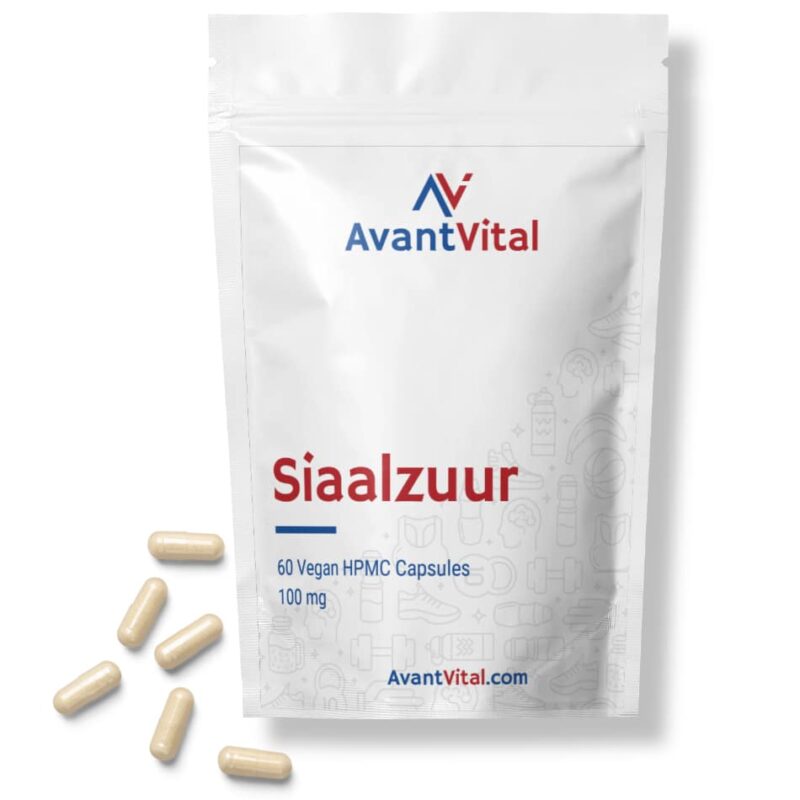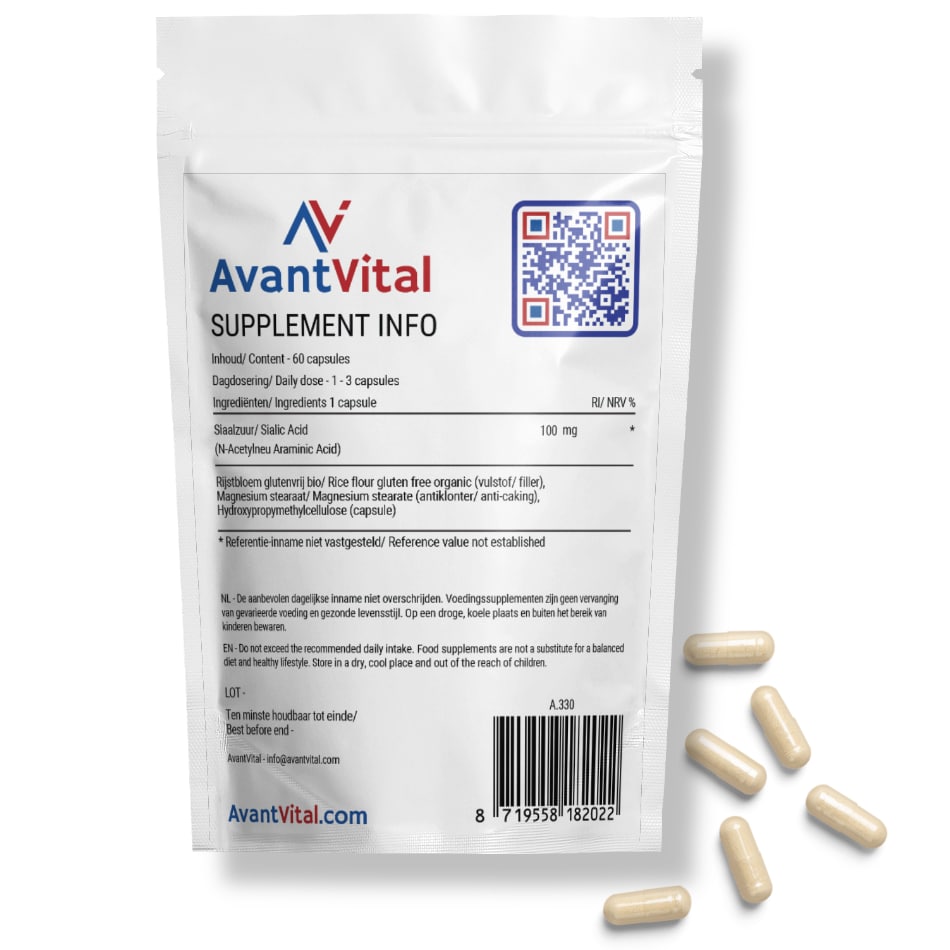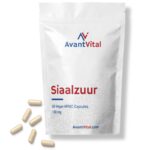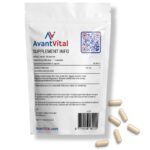What is Sialic Acid?
Sialic acid, also known as N-Acetyl-Neuraminic Acid, is a biologically active compound that plays a crucial role in the human body. This substance is involved in a wide range of biological processes, including cell communication and immune function. Sialic acid occurs naturally in the body, particularly in the mucous membranes and on the surface of cells. Although sialic acid has a long and respected history within the scientific community, this does not automatically mean that its health benefits are recognized under EU regulations.
Discover the Benefits of Sialic Acid by AvantVital
In accordance with European regulations on health claims, we are limited in directly communicating the specific uses of this supplement.
AvantVital cannot make statements about nutrients without approved health claims by the European Commission. These claims are approved based on scientific evidence, evaluated by the European Food Safety Authority (EFSA). Health claims are statements about the relationship between nutrition and health.
Available in a convenient resealable pouch containing 60 capsules, each with 100 mg of Sialic Acid.
Properties
Sialic acid, or N-Acetyl-Neuraminic Acid, is an essential component of glycoproteins and glycolipids, which in turn play a crucial role in cell recognition and communication. Sialic acid is also involved in the immune system, helping protect the body from pathogens by coating mucous membranes and cell surfaces. This protective layer can aid in preventing infections and supporting a healthy immune system.
Why Choose Sialic Acid from AvantVital?
High Quality
Each capsule contains 100 mg of pure Sialic Acid (N-Acetyl-Neuraminic Acid), providing a powerful and effective supplement. AvantVital’s Sialic Acid supplements stand out for their high quality and precision. Additionally, we offer this supplement in a practical, resealable package with 60 capsules.
Suitable for Vegetarians, Easy to Swallow & Free from Unhealthy Additives
Sialic Acid from AvantVital is encapsulated in vegan HPMC capsules. HPMC stands for hydroxypropyl methylcellulose, a substance made from cellulose derived from wood. These capsules are easy to swallow and are considered safe for human consumption. AvantVital’s Sialic Acid contains only minimal amounts of gluten-free organic rice flour and magnesium stearate, used respectively as a filler and anti-caking agent, to ensure consistent dosing of the active ingredient in each capsule.
Usage
The recommended dosage varies between 1 to 3 capsules per day, depending on individual needs. Sialic Acid can be taken with or without food, although taking it with food may reduce stomach discomfort. It is advisable to take a break after a few months of use to maximize effectiveness. Consult a healthcare professional before using this supplement, especially if you are pregnant, breastfeeding, taking medication, or have a medical condition.
Side Effects
Sialic Acid is generally well-tolerated, but some individuals may experience mild side effects such as stomach discomfort or diarrhea. In case of severe side effects, discontinue use and consult a healthcare professional.
Medication
There are no well-documented interactions between Sialic Acid and medications, but it is always important to consult a doctor before starting a new supplement, especially if you are taking other medications.
Ingredients
Disclaimer
This product is not intended to diagnose, treat, cure, or prevent any disease. This supplement should not be used as a substitute for a varied and balanced diet and a healthy lifestyle. Do not exceed the recommended daily dosage. Keep out of reach of children. Consult your doctor or healthcare provider before using this supplement, especially if you are pregnant, breastfeeding, taking medication, or have a medical condition.
When sharing information about health and wellness, we are bound by European and Dutch regulations. These restrictions are in place to protect you and ensure that we do not make unsubstantiated health claims. It is important to note that while traditional or non-Western medical practices have their own place and respect, EU legislation requires health claims to be based on recognized scientific evidence. Within these frameworks, we strive to be as informative as possible without exceeding the boundaries of the law.




